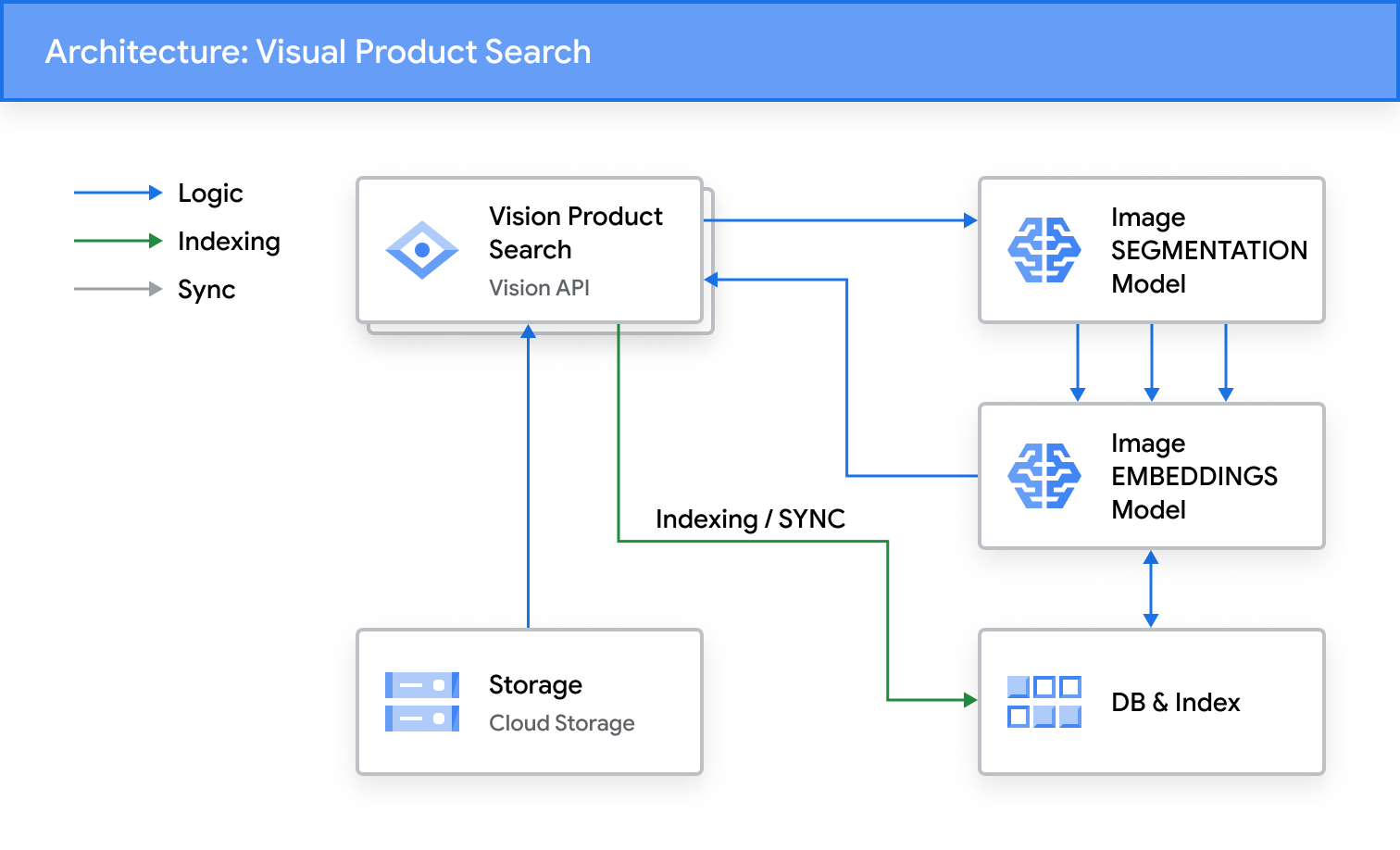No more double vision: How Miinto improved its customer experience using Vertex AI Vision

Marek Brach
Miinto
Anant Nawalgaria
Sr. Staff ML eng., Google Cloud
The fashion world is notoriously fast-paced, and it can be hard to keep up with the latest trends. At Miinto, we bring over 1,000 of the world's best boutiques together in one place. We strive to offer the most customer-centric fashion platform on the planet, where users can find the best selection of premium, luxury and hand-picked local brands, specially curated to each individual user’s tastes and needs.
It can be a challenge for independent stores to reach a wider audience, because selling online can be expensive and time-consuming. Miinto helps these boutiques get their stock exposed to hundreds of thousands of global visitors every day, giving them an important new revenue stream at the click of a button.
Miinto’s data platform can help stores make crucial business decisions, such as choosing the right stock for upcoming seasons.The most important thing we do is give these boutiques the opportunity to reach new markets. And we couldn’t do this without Google Cloud.
We moved to Google Cloud in 2021, a tough year for the retail industry. We made the change for a number of reasons. First, our original technology stack was quite fragmented, which made us less efficient. Second, we were operating on a local cloud platform, and its infrastructure was slowing us down. We wanted to rapidly increase our pace of development. Ecommerce is a seasonal business, driven by big sales events such as Black Friday and the holiday season, that put a lot of stress on our infrastructure. We needed more speed and scalability, and Google Cloud was a good fit for our company.
Putting an end to duplication
We now use Google Cloud as our infrastructure and hosting environment for most of our ecosystem. We run 65 services on Compute Engine virtual machines, utilizing Terraform to build infrastructure and Ansible to provision configurations and deployments. This has allowed us to scale up and down to meet traffic peaks.
One particularly thorny challenge that Google Cloud helped us solve: inventory duplication.
Inventory duplication happens when different sellers add the same product. These duplicates need to be detected and merged, or the platform will display multiple versions of the same items to our customers. Duplicates can affect sales, as most of our customers are landing directly on the product detail page, and can’t actually see that their size is available under the duplicate. Which is, of course, a poor customer experience. Before migrating to Google Cloud, our Data Perfection team needed to manually look for a product in the database to check if the product already existed which created a bottleneck and consumed a lot of time. We needed to find a way to improve the process and bring down handling time. The solution? Vertex AI Vision.
Saving valuable time and money with Vision API
Vision API product search (which is a feature of Discovery AI for Retail) is connected directly to our arrival service, which processes incoming data from our partners. We then convert that data into products. And since we are working with a large number of sellers who often offer the same products, we need to identify if the product already exists in the database. If it is already there, then we merge the new stock with the existing product. This is where Vision AI product search comes into play, as it helps us match the same products based on image similarity.
As mentioned above, we used to only be able perform manual searches of the same product to merge the new stock. Manual operations are, of course, time consuming, ineffective in meeting demand, and often resulted in the creation of duplicates. Consequently, a separate post-production process was needed to address those duplicates, which used a lot of resources. All of this resulted in longer processing times, which impacted our time to market, and was a factor in lower conversion rates.
Vision AI allows us to enhance the product creation process, so whenever we have new products, we streamline them through our quality gates to ensure that we are offering the best customer experience. Given the number of products we have on the platform, one of our most important factors is product processing time. Increasing the speed of processing time by just a few seconds could see big business gains.
To further this cause, we built our own visual search service (VSS), which acts as a supportive service within the product creation process. VSS does two main things. Its primary job is to index products that are similar to the one coming from our partners. This is done based on pictures of the products. It then synchronizes product images between our product centers. When new products come in — which we call an arrival — VSS is responsible for uploading each product and its main image to Google Cloud Storage, and this is sent for indexing with Vision API product search. We then start the manual processing step. At the same time, VSS is querying Vision API product search which uses its pretrained image embeddings to get information about similar products, displaying potential duplicates. Our product center operators can then see if it is a duplicate. Once they confirm it, the products are merged.


Boosting conversion rates
Since implementing Vision AI, the efficiency of the arrival creation process has increased by more than 40%. The biggest benefits for Miinto are a shorter time to market and lower operating costs. We’ve found in testing that, among the five top matches returned, the duplicate image is returned 100% of the time. Of the five top matches, the duplicate is found in the very first result 98% of the time. The tests also revealed that the matching is done in less than a second. As a result, we can move computing resources to other processes based on these cost and time savings. The net result is improved our customer experience: our conversion rates have improved by up to 20% when we merge duplicates into one product.
We started working with Google Cloud during some really challenging times for the fashion industry, and we knew we needed to adapt to stay ahead. We can’t imagine how we would have got through these turbulent times if we hadn’t migrated to Google Cloud. It would have felt like mission impossible. But since our move, we’ve seen what Google Cloud can help us achieve, and we’re exploring how its AI solutions could help us grow even more.



